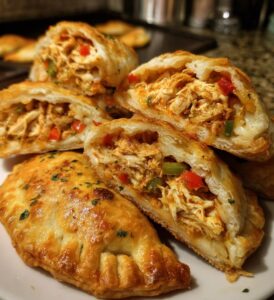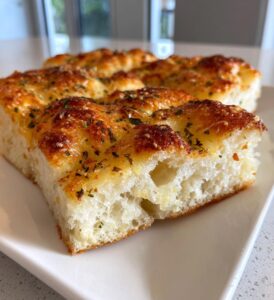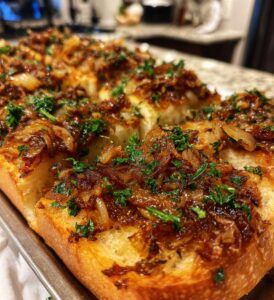Introduction
Matcha bubble tea has become one of the most beloved drinks in the USA, mixing the smooth earthiness of Japanese matcha with the playful chew of tapioca pearls. This refreshing beverage offers more than just a beautiful green hue — it’s packed with antioxidants, layered flavors, and endless customization options. In this guide, we’ll explore what matcha bubble tea is, the unique taste of matcha, its health benefits, the best teas and flavors for bubble tea, and how you can make it at home. Whether you’re a boba beginner or a seasoned tea lover, you’ll discover everything you need to enjoy this trendy drink to the fullest. Looking for inspiration? Try our Homemade Pear Butter Recipe for a sweet pairing.
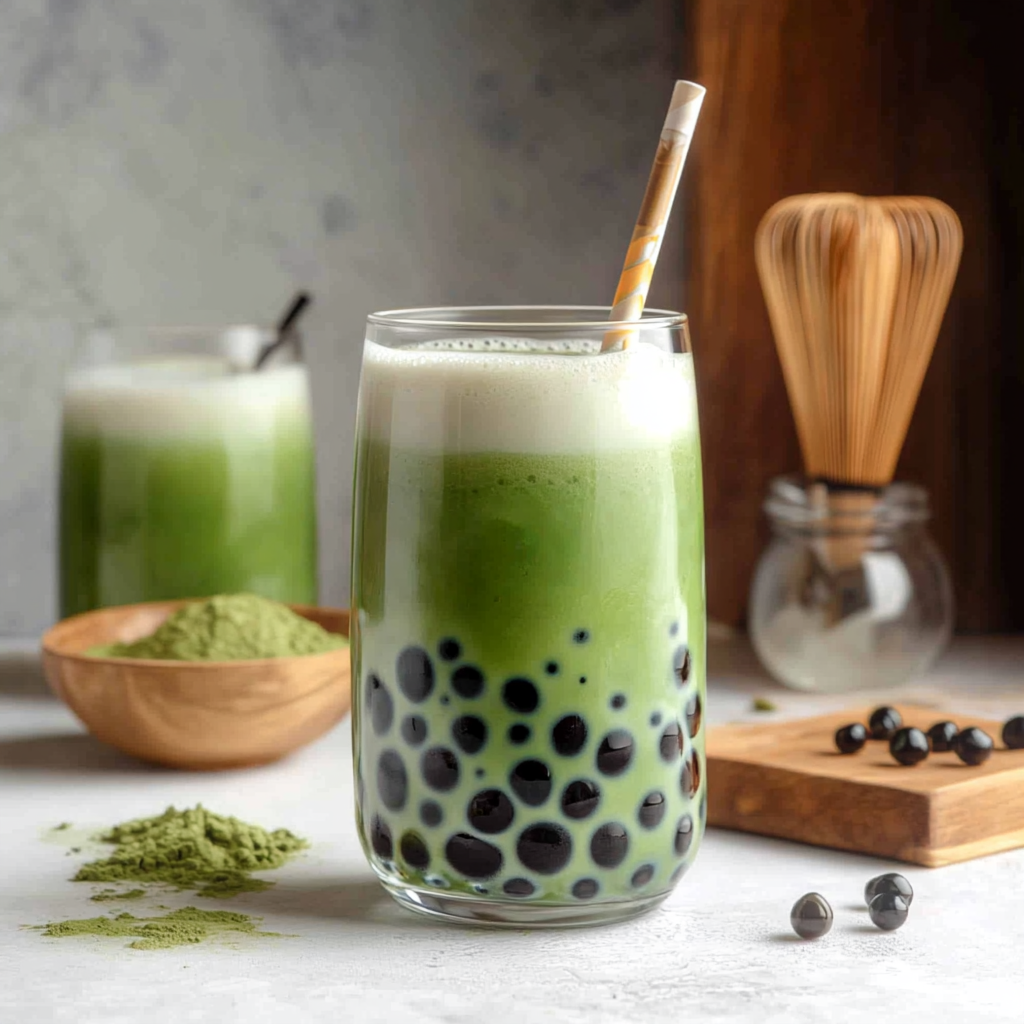
Introduction to Matcha Bubble Tea
What is Matcha Bubble Tea?
Matcha bubble tea is a fusion drink that combines matcha, a finely ground powder made from shade-grown green tea leaves, with milk (or a dairy-free alternative), sweetener, and chewy tapioca pearls, also known as boba. Originating from Taiwan in the 1980s, bubble tea became a worldwide sensation, and matcha — prized in Japanese tea ceremonies — added a rich, earthy twist to the drink. The blend of creamy milk, slightly bitter matcha, and sweet pearls creates a satisfying balance of taste and texture.
Why Matcha Bubble Tea is Trending Worldwide
Several factors explain the global craze for matcha bubble tea. First, matcha offers a natural energy boost without the jittery crash associated with coffee, thanks to its balanced caffeine and L-theanine content. Second, its vivid green color is Instagram-ready, appealing to social media-driven food trends. Finally, its adaptability — whether served hot or iced, with almond milk or oat milk, topped with cheese foam or fruit jelly — makes it a perfect canvas for creativity. This versatility has allowed matcha bubble tea to thrive in cafes, tea shops, and home kitchens across continents.
Understanding the Unique Taste of Matcha
What Does Matcha Tea Taste Like? – Exploring Its Flavor Profile
The taste of matcha is unique and instantly recognizable. It’s earthy, grassy, and slightly sweet, with a smooth, savory finish known as umami. This depth of flavor comes from L-theanine, a naturally occurring amino acid in high-quality green tea leaves. When whisked properly, matcha develops a rich, velvety texture that enhances its flavor. A hot matcha latte tends to highlight its creamier, sweeter notes, while an iced matcha bubble tea brings out its bright, fresh, and slightly vegetal taste. If you’ve only tried lower-grade green tea powders, authentic ceremonial-grade matcha will surprise you with its natural sweetness and refined complexity.
How Matcha Pairs with Bubble Tea Ingredients
Matcha pairs beautifully with the core components of bubble tea. Creamy dairy or plant-based milks soften any sharp bitterness, creating a balanced flavor profile. Sweeteners such as honey, brown sugar, or condensed milk add a caramel-like richness that complements matcha’s earthy notes. Tapioca pearls — chewy, mild, and subtly sweet — provide a satisfying texture contrast that keeps each sip interesting. For those who like fruity twists, matcha can also be blended with flavors like mango or lychee for a refreshing fusion. Don’t miss our Garden Vegetable Pie for a savory snack pairing that complements the drink’s creaminess.
Health Benefits and Concerns
Is Bubble Tea Healthy?
Whether bubble tea is healthy depends on its ingredients and how often you drink it. Traditional bubble tea often contains high amounts of sugar, flavored syrups, and sweetened milk, which can add unnecessary calories. However, matcha bubble tea has an advantage: matcha itself is loaded with antioxidants, especially catechins, which may help reduce inflammation, support heart health, and boost metabolism. The drink’s healthiness improves if you control the sugar, use plant-based milk, and keep tapioca pearl portions moderate.
Nutritional Breakdown of Matcha Bubble Tea
Matcha bubble tea can be part of a balanced lifestyle when prepared thoughtfully. Below is a general nutritional profile for an 8–10 oz homemade serving with reduced sugar:
| Component | Average Amount | Key Benefits / Notes |
|---|---|---|
| Calories | 180–250 | Mostly from milk and sweetener |
| Caffeine | 40–70 mg | Steady energy boost without jitters |
| Antioxidants | High | Protects cells and supports overall wellness |
| Sugar | 15–25 g | Reduce with honey, stevia, or no added sweeteners |
| Protein | 3–6 g | From milk or plant-based alternatives |
By using fresh matcha powder, natural sweeteners, and healthier milk options, you can enjoy matcha bubble tea as a delicious drink that offers both indulgence and nutrition. Check out our Elvis Presley Cake for a fun dessert pairing if you’re treating yourself.
Choosing the Right Tea for Bubble Tea
What Type of Tea Is Used for Bubble Tea?
Bubble tea can be made with several types of tea, each offering its own flavor and character. The most common bases include black tea, green tea, oolong tea, and herbal blends. Black tea delivers a strong, bold flavor that pairs well with creamy milk and sweet syrups. Green tea offers a lighter, more refreshing taste, while oolong sits in the middle with floral and slightly roasted notes. For those looking for a unique and antioxidant-rich twist, matcha bubble tea uses finely ground Japanese green tea leaves instead of steeped tea, giving the drink a vibrant green color and a richer, more layered flavor profile.
Differences Between Matcha, Black Tea, and Green Tea in Boba
When deciding which tea to use for bubble tea, it’s helpful to compare their taste, caffeine content, and health benefits:
| Tea Base | Flavor Profile | Caffeine Content | Key Benefits |
|---|---|---|---|
| Black Tea | Bold, malty, slightly bitter | High (40–70 mg) | Strong taste, pairs well with sweet toppings |
| Green Tea | Light, grassy, slightly sweet | Medium (25–45 mg) | Refreshing, rich in antioxidants |
| Matcha | Earthy, umami, creamy | Medium-High (40–70 mg) | High antioxidant levels, sustained energy boost |
Matcha stands out because you consume the entire tea leaf in powdered form, meaning you get more nutrients and antioxidants per sip compared to steeped teas. It also blends beautifully with plant-based milks and unique toppings, making it a favorite for health-conscious bubble tea fans.
Best Flavors for Bubble Tea Lovers
What Is the Best Flavor for Bubble Tea?
The “best” flavor for bubble tea depends on your personal taste, but there are clear favorites among fans worldwide. Popular picks include classic milk tea, taro, brown sugar, honeydew, and fruit teas like mango or passion fruit. However, matcha bubble tea consistently ranks near the top because it offers a balance of earthy, creamy, and sweet notes that appeal to both tea lovers and dessert enthusiasts. Its natural color also makes it visually stunning, adding to its popularity in cafes and on social media.
Why Matcha Often Tops the Favorites List
Matcha’s charm lies in its versatility and health benefits. Unlike many bubble tea flavors that rely heavily on syrups or artificial powders, matcha delivers flavor and nutrients straight from the tea leaf. It pairs perfectly with a variety of toppings — from classic tapioca pearls to red bean, pudding, or even cheese foam. Whether enjoyed hot on a chilly day or iced in the summer, matcha bubble tea offers a rich, satisfying experience without being overly sweet. Looking for inspiration? Try our Elvis Presley Cake as a decadent pairing with your favorite boba drink.
How to Make Matcha Bubble Tea at Home
Ingredients and Equipment You’ll Need
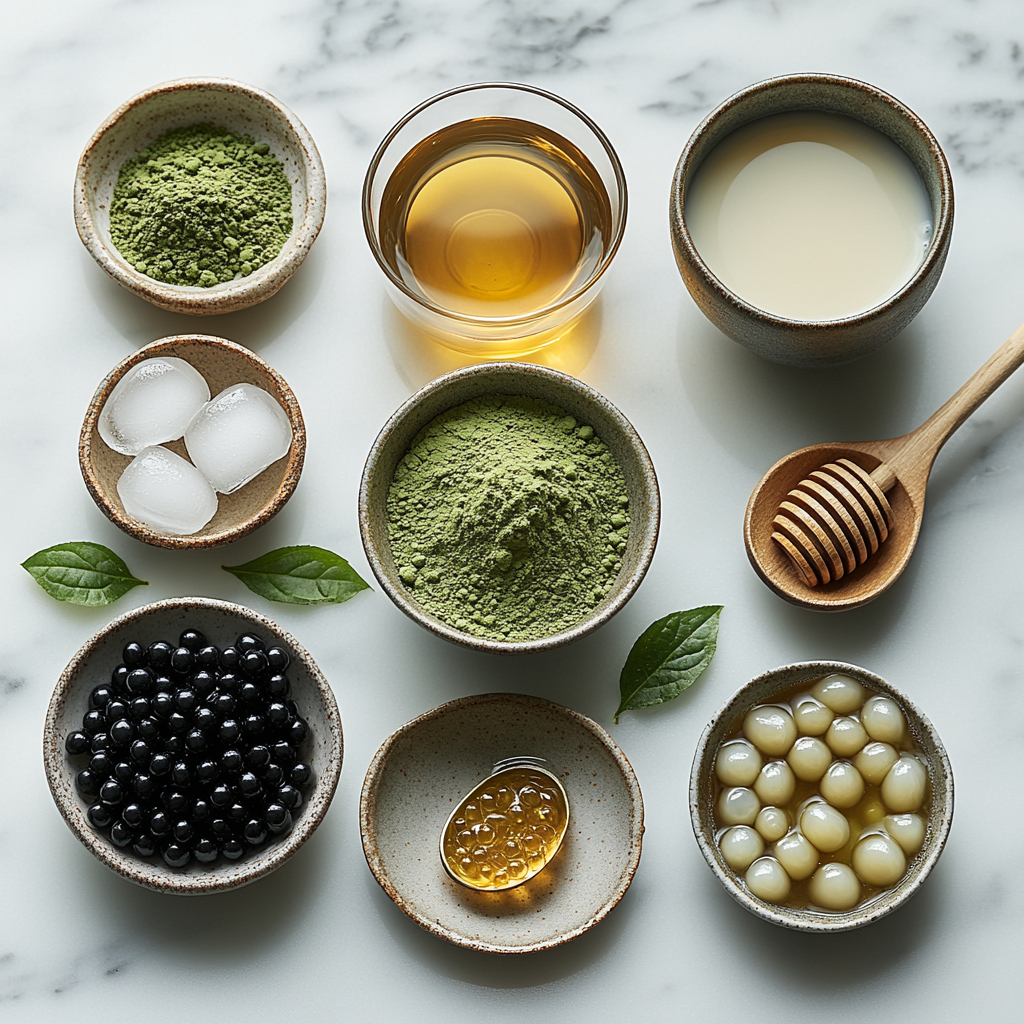
| Ingredient | Quantity | Notes / Tips |
|---|---|---|
| Matcha powder | 1–2 teaspoons | Use ceremonial grade for best flavor and vibrant color |
| Hot water | 2 ounces | About 175°F (80°C), not boiling |
| Milk or plant-based milk | 6 ounces | Dairy, oat, almond, or coconut milk work well |
| Sweetener | 1–2 tablespoons | Honey, sugar, maple syrup, or condensed milk |
| Tapioca pearls | ½ cup (cooked) | Follow package instructions for cooking and soaking |
| Ice cubes | 1 cup | Optional for an iced version |
| Shaker or mason jar | 1 | For blending the tea and milk evenly |
| Whisk or bamboo chasen | 1 | Helps create a smooth, lump-free matcha mixture |
Step-by-Step Preparation Method
- Cook the Tapioca Pearls
Follow the package directions for your tapioca pearls, usually boiling for 5–7 minutes until soft and chewy. Drain and soak in a little sugar syrup or honey to keep them from sticking together. - Prepare the Matcha
Sift 1–2 teaspoons of matcha powder into a small bowl to remove clumps. Add the hot water (not boiling) and whisk in a zig-zag motion until fully dissolved and frothy. - Mix the Drink
In a shaker or mason jar, combine the prepared matcha, milk, sweetener, and ice cubes. Shake vigorously for 20–30 seconds to blend flavors and create a light foam. - Assemble Your Bubble Tea
Add the cooked tapioca pearls to the bottom of your glass. Pour the matcha milk mixture over the pearls. Adjust sweetness to taste, and stir gently before sipping. - Serve and Enjoy
Use a wide boba straw to enjoy both the drink and tapioca pearls together. For a special touch, top with whipped cream, cheese foam, or a sprinkle of matcha powder.
Don’t miss our Homemade Pear Butter Recipe as a delightful spread to enjoy alongside your homemade boba drink.
Variations and Creative Twists
Dairy-Free and Vegan Matcha Bubble Tea Options
One of the best things about matcha bubble tea is how easy it is to adapt for different dietary needs. For a creamy vegan version, swap dairy milk for oat, almond, soy, or coconut milk. These alternatives not only add unique flavor notes but also keep the drink lighter. Use maple syrup, agave nectar, or coconut sugar instead of honey for a fully plant-based option. You can even use unsweetened plant milks for a cleaner, less sugary drink that still feels indulgent.
Unique Toppings to Elevate Your Matcha Boba
While classic tapioca pearls are a staple, there’s no rule saying you can’t experiment. Popular creative toppings include:
| Topping | Flavor/Texture Profile | Why It Works with Matcha |
|---|---|---|
| Red bean paste | Sweet, earthy | Complements matcha’s natural umami |
| Grass jelly | Soft, herbal | Adds a refreshing contrast |
| Cheese foam | Savory, creamy | Balances matcha’s slight bitterness |
| Aloe vera cubes | Light, juicy | Perfect for a tropical twist |
| Fresh fruit bits | Sweet, juicy | Brightens up iced matcha bubble tea |
If you want a dessert pairing that’s as unique as your drink, check out our Garden Vegetable Pie for a savory counterpoint to the sweet and creamy matcha boba.
Buying the Best Matcha for Bubble Tea
Culinary Grade vs. Ceremonial Grade Matcha
When shopping for matcha, you’ll often see two main grades: ceremonial and culinary. Ceremonial grade is made from the youngest tea leaves, carefully stone-ground to produce a fine powder with a naturally sweet, smooth, and vibrant flavor. It’s traditionally used for drinking on its own in Japanese tea ceremonies, making it ideal for premium matcha bubble tea that you want to taste rich and pure.
Culinary grade matcha is slightly more bitter, made from mature leaves, and is intended for blending into recipes. While it’s not as sweet or delicate as ceremonial grade, it’s a great choice if you’re making bubble tea with a lot of milk, sweeteners, or added flavors, since its bolder taste can hold up against other ingredients.
| Feature | Ceremonial Grade | Culinary Grade |
|---|---|---|
| Flavor | Smooth, naturally sweet | Bold, slightly bitter |
| Color | Bright, vibrant green | Duller, yellow-green |
| Best Use | Drinking straight or premium drinks | Lattes, smoothies, baked goods |
| Price | Higher | More affordable |
Where to Buy Quality Matcha Powder
For the freshest flavor, choose matcha that’s packaged in airtight, light-proof containers and labeled with a harvest date. Reputable online sellers and specialty tea shops often have the widest selection. Look for matcha from regions like Uji (Kyoto) or Nishio in Japan, both famous for producing top-quality green tea. Avoid matcha blends with added sugars or fillers — pure matcha should have just one ingredient: green tea powder.
Discover great ideas like our Elvis Presley Cake if you want a sweet treat to enjoy alongside your premium matcha boba.
Serving, Storage, and Pairings
How to Serve Matcha Bubble Tea for Maximum Enjoyment
Presentation plays a big role in the matcha bubble tea experience. Use a clear glass to show off the vibrant green color and the tapioca pearls at the bottom. For iced versions, layer the milk over the matcha for a striking two-tone effect before stirring. A wide reusable boba straw is essential for enjoying both the drink and the pearls together. To make it extra indulgent, top your drink with whipped cream, cheese foam, or a dusting of matcha powder.
Best Snacks and Desserts to Pair With Matcha Boba
The earthy creaminess of matcha pairs beautifully with a wide variety of snacks:
| Snack/Dessert | Why It Works with Matcha Bubble Tea |
|---|---|
| Light tea cakes | Balance the richness with airy textures |
| Almond or sesame cookies | Nutty notes complement matcha’s earthiness |
| Mochi | Soft and chewy, mirroring the tapioca pearls |
| Fruit tarts | Bright, sweet flavors contrast the umami tea |
| Savory pastries | Create a balanced sweet-savory experience |
If you’re planning a tea party or casual get-together, pairing your matcha boba with a mix of sweet and savory bites will keep guests coming back for more. Looking for inspiration? Try our Homemade Pear Butter Recipe as a spread for scones or biscuits alongside your drink.
Print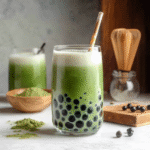
Matcha Bubble Tea – The Complete Guide to Flavor, Health Benefits, and Recipes
- Total Time: 15 minutes
- Yield: 1 serving 1x
Description
A refreshing fusion of earthy Japanese matcha, creamy milk, and chewy tapioca pearls, this Matcha Bubble Tea is both energizing and indulgent.
Ingredients
- 1–2 teaspoons ceremonial grade matcha powder
- 2 ounces hot water (about 175°F / 80°C)
- 6 ounces milk or plant-based milk (oat, almond, coconut, or dairy)
- 1–2 tablespoons sweetener (honey, sugar, maple syrup, or condensed milk)
- ½ cup cooked tapioca pearls
- 1 cup ice cubes (optional for iced version)
- Shaker or mason jar
- Whisk or bamboo chasen
Instructions
- Cook tapioca pearls according to package instructions, then soak in sugar syrup or honey to prevent sticking.
- Sift matcha powder into a small bowl to remove clumps.
- Add hot water and whisk in a zig-zag motion until dissolved and frothy.
- In a shaker or mason jar, combine matcha, milk, sweetener, and ice cubes.
- Shake vigorously for 20–30 seconds to blend and create light foam.
- Add cooked tapioca pearls to the bottom of a glass.
- Pour matcha milk mixture over pearls and adjust sweetness to taste.
- Serve with a wide boba straw and enjoy.
Notes
For a vegan version, use plant-based milk and maple syrup or agave nectar. Use ceremonial grade matcha for the best color and flavor.
- Prep Time: 10 minutes
- Cook Time: 5 minutes
- Category: Beverage
- Method: No-Cook
- Cuisine: Japanese-Taiwanese Fusion
Keywords: matcha bubble tea, boba, matcha latte, Japanese tea, tapioca pearls
Frequently Asked Questions
1. What does matcha tea taste like?
Matcha has an earthy, grassy flavor with natural sweetness and a smooth, savory finish. The taste is rich yet balanced, especially when paired with milk and sweeteners in bubble tea.
2. Is bubble tea healthy?
It can be, depending on how it’s made. Reducing sugar, using plant-based milk, and controlling tapioca pearl portions can make bubble tea a lighter, more nutritious drink — especially with antioxidant-rich matcha.
3. What type of tea is used for bubble tea?
Black tea, green tea, oolong tea, and herbal blends are common bases. Matcha stands out because you consume the whole tea leaf in powdered form, giving you more nutrients and a richer flavor.
4. What is the best flavor for bubble tea?
It depends on your preference, but matcha is a top choice for many because of its versatility, health benefits, and balanced creamy-earthy taste.
Conclusion
Matcha bubble tea combines the rich tradition of Japanese matcha with the fun, customizable world of bubble tea. From its vibrant color and unique flavor to its health-boosting antioxidants, this drink offers something for everyone — whether you enjoy it hot or iced, sweet or unsweetened, classic or with a creative twist. By choosing high-quality matcha, experimenting with toppings, and pairing it with complementary snacks, you can turn every cup into a delicious and visually stunning treat. With this guide, you now have the knowledge to enjoy matcha bubble tea at home or find the best version at your favorite cafe.
Looking for inspiration? Try our Garden Vegetable Pie for a savory pairing or our Elvis Presley Cake for a sweet indulgence alongside your next cup.
For daily recipes you can follow me on Facebook and Pinterest.
